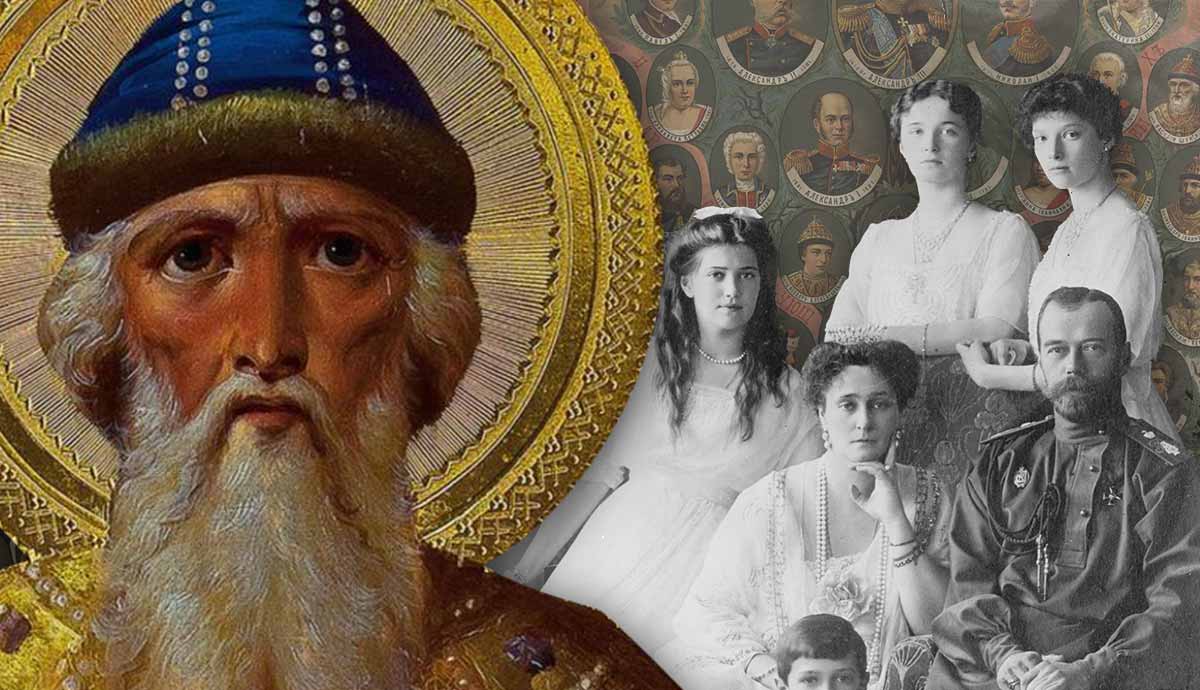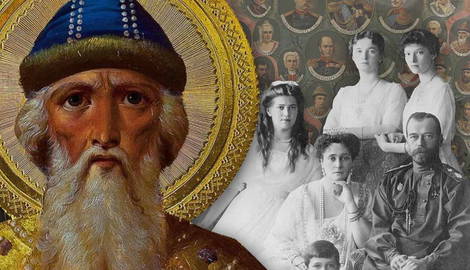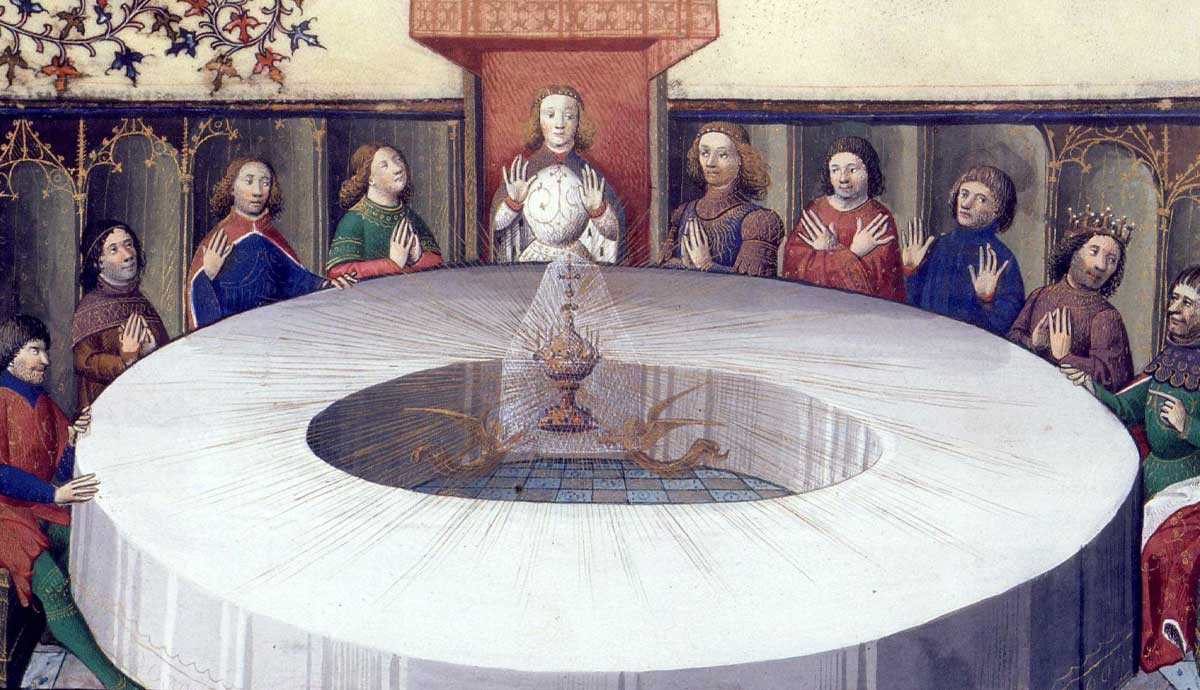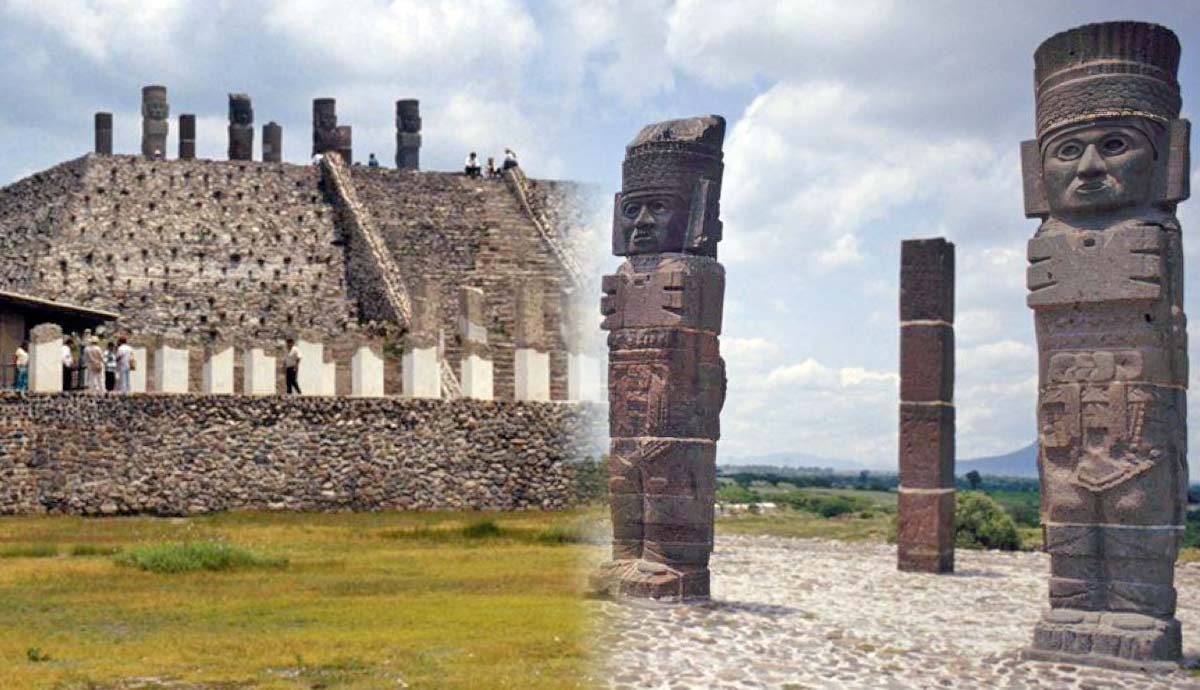
The Rurik and Romanov dynasties of Russia have shaped modern-day Russia’s land and people. From the first dynasty, which began around the 780s, to 1917, when the Romanov dynasty fell to the Bolshevik Revolution, tsars and emperors ruled. With more than 1,000 years of rule between them, the sovereigns of both the municipalities that made up Russia contributed to the cultural, linguistic, social, and ethnic makeup of Russians today. This is an overview of the two dynasties and their impact on Russia.
1. The Rurikids

Supposedly, the Rurik Dynasty began in 862. After Slavic tribes had descended into many years of war, they eventually called upon the Varangians to help rule over them. The Varangians were Vikings from modern-day Sweden who conquered much of today’s Baltic states. The Varangian prince Rurik took on the yoke of ruling over Russia and establishing the Rurik dynasty.
While this legendary story is largely considered a folk tale and Rurik himself possibly a mythical hero, the Rurikids were Russia’s first dynasty. However, they did not rule over the entirety of Russia. Rurik and his successor, Oleg, were at first the Princes of Novgorod, representing the first capital in northwestern Russia.
Oleg soon moved the capital to Kyiv, in present-day Ukraine, where the Rurik line became the Grand Princes of Kyiv and the Princes of Novgorod. For the next centuries, these became the most important titles in the Russian area, giving the title-bearer hegemony in the region. The state Rurik and his successors formed was known as Kyivan Rus’.

In 970, Vladimir the Great became the grand prince of Kyiv. After converting to Christianity in 988, he spread the religion throughout the country, Christianizing the state and introducing the Christian Orthodox tradition to Russia.
Several rulers followed, and until the 12th century, Kyiv remained the capital of the unified state. However, in 1132, after the gradual deterioration of Kyivan Rus’ and the death of Mstislav the Great, the state fell into recession and decline.
Thirty-seven years later, Andrey Bogolyubsky, the grand prince of Vladimir, a city in the northeast of Kyivan Rus’ territory, took over Kyiv. His principality of Vladimir became dominant and centralized power in the northeast, though Vladimir itself soon split into several appendage principalities.
The principalities remained divided until the principality of Moscow began to assume hegemony, starting with Daniel, the son of Saint Alexander Nevsky.
The Danilovichi: Descendants of the Rurikids

Beginning with Daniel of Moscow, the grand princes of Moscow began to rule over the whole of Russia. However, this rule was overshadowed by the rule of the Golden Horde, the Mongol Khanate, who had invaded Russia in the mid-13th century. This was the so-called Tatar yoke of the Russians, who paid tribute to the Mongols for around 300 years.
However, even under the Tatar yoke, Moscow began growing in power and wealth under the rule of Ivan I, who collected more land for Moscow and moved the headquarters of the Russian Orthodox Church to the city. When the throne of Vladimir was also eventually inherited by the Danilovich princes of Moscow, this usurped the right of the khan to choose the grand prince.
The grand princes of Moscow eventually shook off their Tatar yoke, resulting in Ivan III refusing to pay tribute to the Horde and declaring independence from the Mongols. All of Russia was eventually united under the Rurikids in the 1520s when Vasili III annexed the last few independent states. The princes of Moscow soon began styling themselves as the sovereign and grand princes of all Russia.
Eventually, this led to Ivan IV being crowned the first tsar and, thus, the first autocratic ruler of a united Russia in 1547. Though he was the first tsar, he was also the harbinger of doom for his line. Ivan IV, better known as Ivan the Terrible, killed his firstborn son, Ivan Ivanovich. Feodor I was crowned the tsar, but when he died 14 years later, he died childless. Thus, the first tsarist succession crisis began in 1598.
The Time of Troubles

The death of Feodor I in 1598 began a period of political crisis in the relatively newly united Russia. This crisis lasted around 15 years and remains a violent and lawless period of Russia’s history. Several people claimed the throne under pretenses, while others who believed they had legitimate claims to rule were usurped and ousted.
Feodor I, who was never considered for the throne before his brother’s death, died childless. Thus, upon his death, the first ruling dynasty of Russia died as well. The tsarina, Irina, abdicated the inherited throne and entered a convent, allowing a council of nobles known as the boyars to decide upon the next tsar. The boyars convened a parliament called Zemsky Sobor to elect the next tsar and chose Feodor I’s brother-in-law, Boris Godunov.
Godunov was responsible for Russian expansion at the end of the 15th century. However, this was overshadowed by his heavy hand on the Russian people, which eventually sent the country into anarchy. Among his unpopular decisions was to plunge millions of people into serfdom, ramp up taxation on the general population, and contract slaves for life.
To make Godunov’s rule worse, this social and political crisis was compounded by poverty and strife due to a two-year famine that began in 1601. Nightly temperatures during the summer were often well below freezing, which produced extremely poor harvests. The famine was followed by disease, which claimed the lives of at least one-third of Russia’s population at the time.

After Godunov died in 1605, several false claimants to the throne attempted to take the title of tsar. Only one succeeded, styling himself as Feodor’s younger brother, Dimitry. Backed by Poland-Lithuania, Dimitry took Moscow and was even confirmed to be Ivan the Terrible’s son by his widow, who was now living in a convent. However, the first false Dimitry was soon murdered by the boyar-supported Vasily IV.
While Russian nobles were battling among themselves, most notably about the second and third false Dmitrys, the Polish also took an interest in Russian politics. Poland invaded under the leadership of Sigmund III Vasa. Fighting continued until the Polish-backed boyars deposed Vasily, forced him into a monastery, and later exiled him to Poland.
The throne sat empty as infighting, attacks from foreign powers, and general discontent grew. Russian nationals rose in volunteer armies, and while Poland beat them back in the Kremlin during the Battle of Moscow in 1612, the Polish surrendered unconditionally after the rag-tag Russian militia secured a truce with Sweden, who occupied the Baltic coast.
The tsar’s seat was still empty, but a provisional government had been established, allowing a Zemsky Sobor to finally elect a new tsar. This tsar, Michael Romanov, who fought with the Russian militia against the Poles, would begin the next dynasty in Russian history.
2. The House of Romanov

The Romanovs had been boyars in Russia with links to the Rurik dynasty through Anastasia Zakharyina, who was the mother of the last Rurik tsar, Feodor I. Michael Romanov, who was offered the title at 16 years old, held tightly to this Rurik claim of his great aunt, as he felt it would help legitimize his power.
This strategy, along with Michael’s willingness to consult Zemsky Sobor on all important issues, made the Russian people look favorably upon their new tsar and his dynasty. The general populace saw the Romanovs as relatable in-laws of Ivan the Terrible and martyrs of Russian rule under the hated tsar Boris Godunov.
Michael was succeeded by his son Alexei, who was then succeeded by a son from his second wife, who would become Peter the Great. Peter the Great was tsar from 1682 to his death in 1725. He expanded Russia through various wars, which made the country a major player on the European stage. This empiric-European power was furthered by a cultural revolution, which replaced many traditional Russian systems, both social and political, with more modern, scientific, and European-oriented systems.
After Peter’s death, several dynastic struggles ensued, with at least four people ruling and Peter the Great’s male line ending before his daughter, Elizabeth Petrovna, took the throne. Backed by the military, Elizabeth declared that the heir to the throne would be her nephew, a German grandson of Peter the Great, Peter III. Elizabeth was a greatly popular empress who ushered Russia into an age of Enlightenment. She established the University of Moscow and is known for her significant contributions to Russian architecture, including the Winter Palace and the Smolny Cathedral in St. Petersburg.

Elizabeth’s heir, Peter III, wed a German princess named Sophia of Anhalt-Zerbst. When she married, Sophia took on the Russian name Catherine. Thus, she became Catherine the Great after she overthrew her unpopular husband in 1762, only one year after Empress Elizabeth had passed away.
Catherine ruled until her death in 1796 and continued the modernization of Russia. She led Russia to a cultural renaissance, which led to the founding of new cities, theaters, and universities. Among the universities was the first state-financed institution of higher education for women, the Smolny Institute of Noble Maidens.
While Catherine did lead Russia into another period of Europeanization and modernization, many historians consider her an enlightened despot. She brought many new ideas through science and culture to Russia simply to enhance her rule. Her son, Paul I, decreed strict house laws within the imperial family, including adherence to Orthodoxy, the requirement that the firstborn child be the heir to the throne, and the requirement of equal social standing for marriage.

Paul was murdered in 1801, after only five years of rule, by his officers. He was succeeded by Alexander I, who died without any sons. Alexander I was succeeded by his brother Nicholas I, which caused the Decembrist Revolt and inspired Nicholas I to raise his four sons in a strict military fashion. Alexander II took the throne after his father’s death in the middle of the Crimean War. He led Russia militarily by developing the Imperial Russian Army and became popular during his reign for his emancipation of the serfs of Russia, who made up 80% of the population, in 1861.
The Romanov line continued, though messily, as Alexander II, while a great leader, had personal troubles that led to his assassination by a homemade bomb in 1881. The second-to-last emperor of the Romanov line was Alexander III, who implemented several conservative reforms in Russia. Alexander III, fearful of following his father’s demise, strengthened autocratic rule in Russia and reversed several liberal reforms pushed by his father.
Alexander III’s son, Nicholas II, took the throne after his father’s death from kidney disease at the age of 49. Nicholas II would be the last Romanov and the last tsar of Russia.
The End of All Russian Dynasties

Nicholas II married the favorite grandchild of Queen Victoria, Alix of Hesse-Darmstadt, later Tsarina Alexandra Feodorovna. Nicholas II left many of his father’s harsh autocratic measures in place and took control of the army himself in World War I. However, Nicholas’s favor of his wife, who suggested more and more autocratic measures, may have caused the downfall of the dynasty. The couple had five children: Alexei, the heir, and the four grand duchesses: Tatiana, Olga, Maria, and Anastasia.
However, due to several economic, social, and military factors, the Romanovs became unpopular. Their autocratic rule, combined with Russia’s lack of modernization, led to discontent and, eventually, the February Revolution.
Nicholas II abdicated the throne, which was then passed to the provisional government, awaiting a democratic referendum. After the October Revolution and the takeover of the Bolsheviks, the Romanov family was moved to the Ural mountains. There, the whole family was executed by firing squad, killing the last of the Romanov dynasty, and ending their 300-year reign for good.
The Russian dynasties reigned for over 1,000 years until the revolutions of 1917 and the beginning of the Soviet Union. Though the dynasties are no longer in power, some Romanov descendants live on. The Romanov Family Association, founded in 1979, agreed never to advance claims of dynastic rule, and, to the present day, it officially commits to supporting whichever form of government is chosen by the Russian people.
Though Russia’s dynasties ceased to rule in 1917, they shaped the country politically, geographically, and culturally into what it is today. Both the Rurikids and the Romanovs contributed to the modern-day culture, architecture, folklore, religion, and ethnicity of the Russian people.










